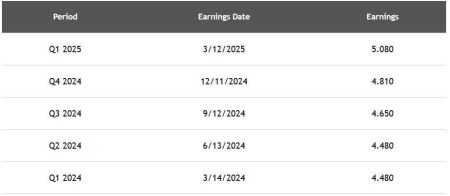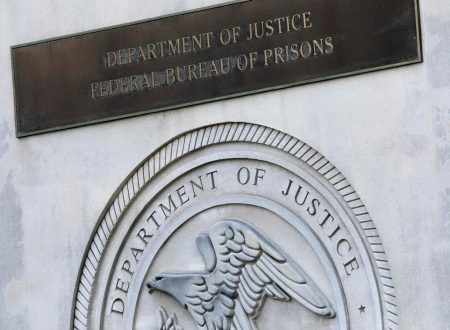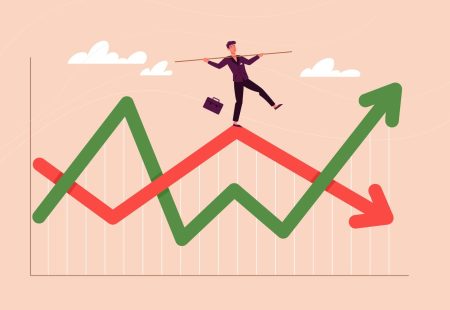The Precarious Balancing Act of Consumer Spending and Rising Credit Card Defaults
The American economy, with its heavy reliance on consumer spending, is facing a precarious situation. Consumer spending составляет approximately 69% of the gross domestic product (GDP), the primary indicator of economic health. This makes it a critical driver of economic activity, fueling businesses, employment, and overall growth. However, the recent surge in credit card defaults signals a potential vulnerability that could destabilize this engine of growth. The interconnected nature of the economy means that a decline in consumer spending can trigger a chain reaction, impacting businesses, employment, and ultimately, further reducing spending, creating a vicious cycle.
Historically, consumer spending has been a reliable driver of the U.S. economy. This reliance makes the system vulnerable to disruptions in spending patterns. Should consumers pull back, businesses face revenue declines, prompting cost-cutting measures like layoffs and reduced spending with suppliers. This, in turn, affects business-to-business transactions, leading to further job losses and spending contractions. This cascading effect can quickly spiral into a destabilizing positive feedback loop, much like a car losing control on an icy road, where corrective actions exacerbate the situation rather than improving it.
However, for a significant portion of the population, this spending has been fueled by credit rather than income growth. While wealthier households can generally sustain their spending levels, the majority of American households have experienced stagnant wage growth over the past four decades. Median wages haven’t kept pace with inflation, leaving many struggling to maintain their living standards. Those in the lower economic quartiles have experienced a real decline in purchasing power, forcing them to rely increasingly on credit cards and other high-interest revolving credit to bridge the gap between income and expenses.
This reliance on credit to maintain consumption creates a distorted economic picture. While headline spending figures may appear robust, they mask an underlying fragility built on mounting debt. The increasing use of credit exacerbates income inequality, creating an economy heavily reliant on the spending of a smaller, wealthier segment of the population. This imbalance makes the economy susceptible to shocks like rising interest rates or economic downturns, as those relying on credit become increasingly vulnerable to financial distress. A key indicator of this fragility is the alarming rise in credit card defaults.
Recent data reveals a worrying trend: credit card loan defaults are reaching levels not seen since the 2008 financial crisis. Reports indicate that credit card lenders wrote off $46 billion in seriously delinquent loan balances in the first nine months of 2024, a 50% increase from the same period in 2023. This surge in defaults reflects the financial strain faced by many households as they struggle to manage rising living costs and existing debt burdens in a high-inflation environment. The data suggests that the lower and middle-income segments of the population are particularly vulnerable, with their savings depleted and increasing reliance on credit to meet essential expenses.
The implications of this rising tide of defaults are significant. For individuals, it means damaged credit scores, limited access to future credit, and increased financial hardship. For the broader economy, it signifies a potential contraction in consumer spending, the very engine that drives economic growth. As defaults rise, lenders tighten lending standards, making it more difficult for individuals and businesses to access credit. This, in turn, can further depress economic activity, creating a self-reinforcing cycle of decline. The situation is further complicated by the Federal Reserve’s recent projections of rising inflation and fewer interest rate cuts in the coming year, dashing hopes for relief from high borrowing costs. This means that the burden of high-interest debt will continue to weigh on consumers, potentially exacerbating the default problem and further threatening the stability of the consumer-driven economy. While high-income households remain relatively insulated, the financial vulnerability of a significant portion of the population poses a serious risk to the overall economic outlook. The rising credit card default rate serves as a stark warning sign, highlighting the precarious balance of an economy increasingly dependent on debt-fueled consumption.










